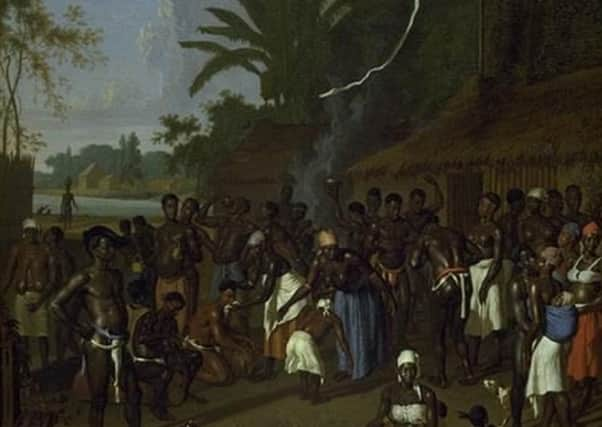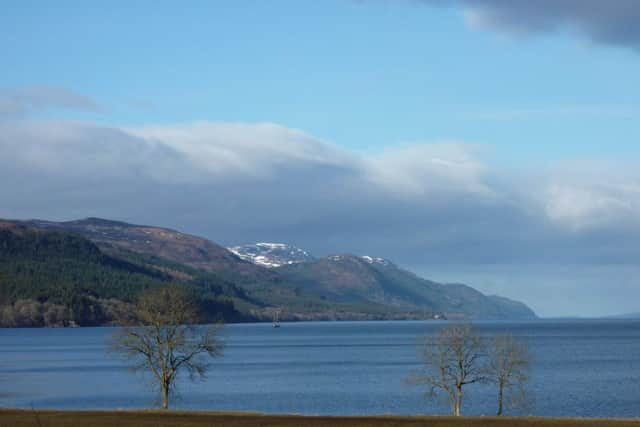The Highland slave owners in 17th Century South America


Dr David Worthington, head of the Centre of History at the University of Highlands and Islands, has researched links between Highlanders and the former Dutch colony of Suriname dating back to the late 1600s.
Then, Henry Mackintosh, from Borlum near Loch Ness, was a key figure in the first-known network of Highland slave owners involved in the Trans-Atlantic trade.


Advertisement
Hide AdAdvertisement
Hide AdThe merchants were in business before the 1707 Act of Union which allowed Scots to join English trade routes, including those linked to slavery.
The Scottish influence on Suriname, which is bordered by the Atlantic Ocean, Guyana to the west and Brazil to the south, appears clear.
A 1667 map of Suriname shows an area marked ‘Scotsmen’ with other documents including derivations of Highland names such as Macpherson and MacLeod.
Meanwhile, the vast majority of sugar landing in the Highlands around this time was coming into Inverness from Rotterdam rather than London or Scotland’s own sugar refineries.
Dr Worthington said the evidence showed the Highland economy had international connections.
He added: “It is interesting to see how Highland and Scots merchants did not require to be part of the Scottish imperial project or what became the British Empire in 1707, to be involved in empire.
“In this case, there was entanglement in the Dutch Empire, and this involved them, undoubtedly, in the slave trade.”
He added: “It is always thought that the Highland economy wasn’t that dynamic then but that is not necessarily the case. It had it own connections.
Advertisement
Hide AdAdvertisement
Hide AdHenry Mackintosh owned 73 African and Indigenous slaves in Suriname in 1684 and it is known that his brother, Angus, joined him in South America at some point.
Henry, who was married, co-owned the Fairfield plantation on the Commewijn River which spanned around 1,400 acres.
In his will, he left 100,000 pounds of sugar to his brother.
A Dutch version of the 1667 map of Suriname included place names including MacFarson and Magalfin with a 1671 reference to a Mackloud.
Dr Worthington added: “These seem to me to be Highland names.
“The point is, it would appear there were Highlanders there in Suriname before Henry Mackintosh so I see him as part of a wider circle of north Highland and Scottish merchants there.”
Between 1682 and 1691, available records show that 59 cargoes coming into Inverness contained sugar. Of these, 50 of these came from the Netherlands compared to nine from London.
“By 1701, there were four sugar refineries in Scotland but clearly in the Highlands, we were going straight to Rotterdam,” Dr Worthington added.
Advertisement
Hide AdAdvertisement
Hide AdSugar products, while ‘quite exclusive’, were not unknown in the Highlands around this time.
Dr Worthington said his work built on earlier findings by Dr David Alston, who has done much to illuminate Highland links to slavery.
Suriname was first settled by the English in 1630 although the venture to found a colony and cultivate tobacco failed. A later settlement, led by the English governor of Barbados, was invaded by the Dutch in 1667.
Suriname gained independence from Dutch rule in 1975.
